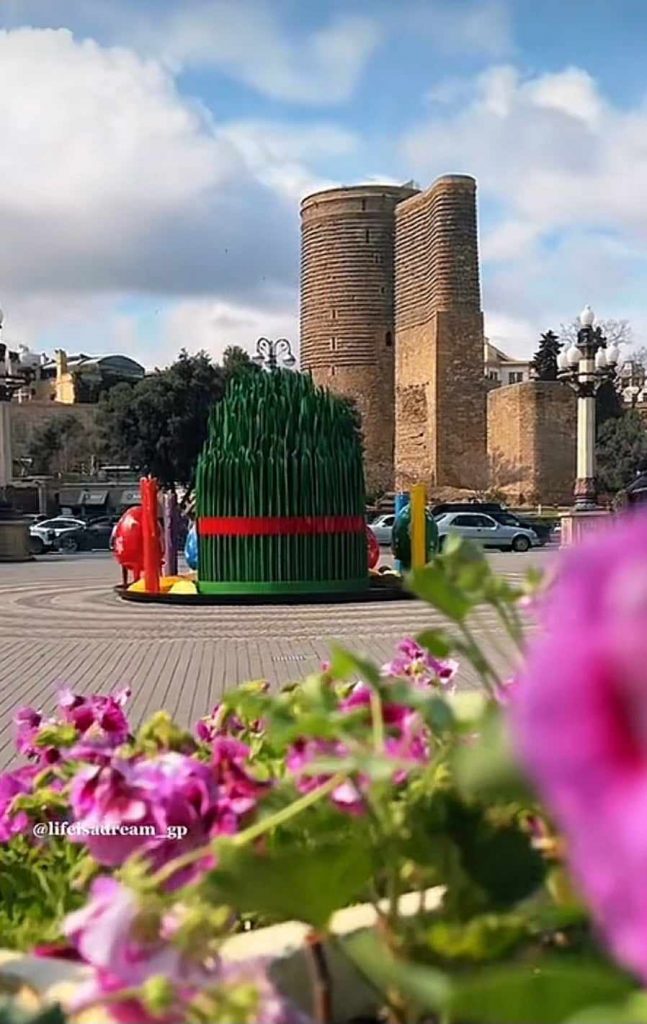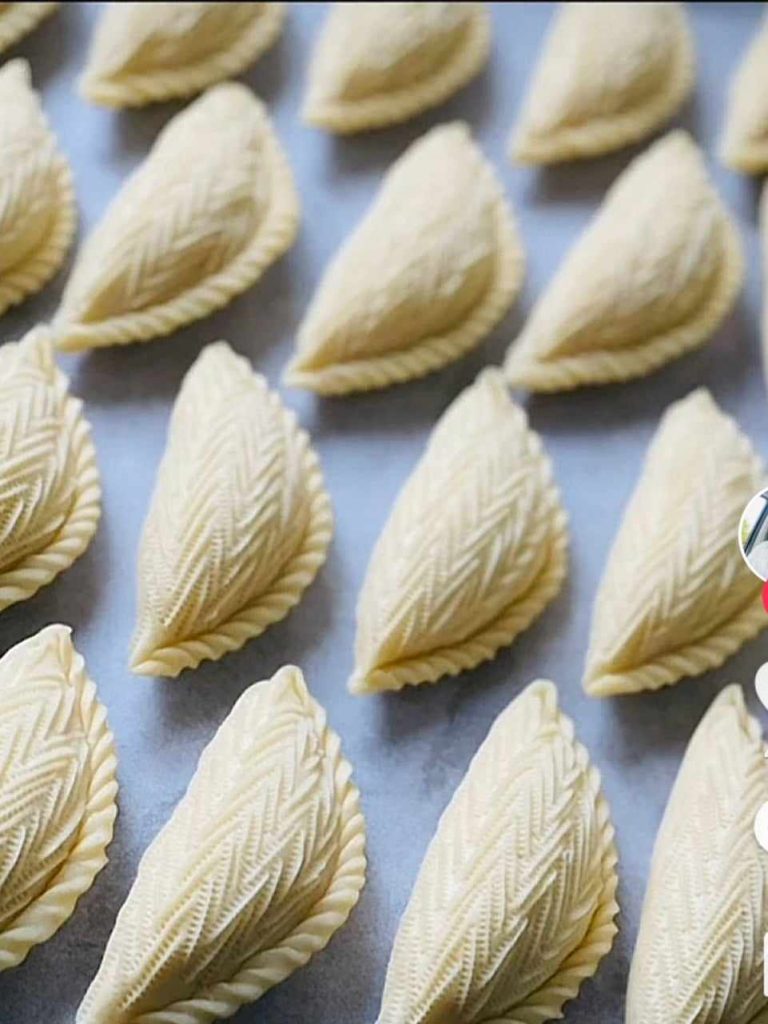Hello there! Azerbaijan is going to celebrate its biggest festival, Navruz, on the eve of March 20 to 21, marking the arrival of spring. I want to take you to my country and show you how we celebrate this ancient tradition.
In the beautiful land of Azerbaijan, where nature awakens from the deep slumber of winter, the joyous occasion of Navruz is eagerly awaited. Marking the first day of spring, Navruz heralds the long-awaited season of renewal, new beginnings, and prosperity. In Azerbaijan, Navruz celebrations embody boundless joy and exuberance, celebrating life and nature’s resilience. The joyous occasion features everything from traditional dances and music performances to colourful parades and festivals, all celebrated with great fanfare and enthusiasm.


Nowruz/Navruz means a new day, and by celebrating it, Azeris promote hope, joy, respect, and togetherness both in their families and in society.
Preparation for Nowruz usually begins a month prior to the festival. Each Tuesday, people celebrate the day of one of the four elements – water, fire, wind, and soil. People clean their houses, plant trees, buy new clothes, paint eggs, and make national pastries such as shekerbura, pakhlava, shorgoghal, in addition to enjoying a great variety of national cuisine. In tribute to pre-Islamic Zoroastrian beliefs, children jump over small bonfires and light candles every Tuesday during the four weeks leading up to the holiday. On the eve of the holiday, relatives’ graves are visited and tended. During Nowruz, various traditional games and shows, such as “Kos-kosa” (symbolizing the coming of spring), “Khidir Ilyas” (symbolizing fertility and bloom), and fortune-telling, are featured at musical gatherings. Folk singers perform songs while wrestlers test their strength. Since Nowruz is a family holiday, on the evening before the holiday, the whole family gathers around the holiday table, which is laid with various dishes to enrich the New Year. The holiday continues for several days and ends with festive public dancing, national sports contests, and performances by folk bands. The festive table decoration, known as Khoncha, features a large silver or copper tray cantered with samani – green shoots from wheat seeds – surrounded by candles, dyed eggs, nuts such as walnuts, almonds, peanuts, and dried fruits.



The Nowruz holiday lasts five days, during which people are expected to make short visits to the homes of relatives, friends, and neighbours. Visitors are offered tea, pastries, cookies, fresh and dried fruits, or other snacks. Typically, family members exchange gifts, and children are always given decorated eggs as presents.
This year, Azerbaijan will simultaneously celebrate two major events: Nowruz and Ramadan. Azeris are deeply committed to preserving their ancient traditions while also respecting religious values. Therefore, all concerts and celebrations will be held in the evenings, and alcoholic beverages will not be served to the public.
In my opinion, using videos greatly aids in understanding the Nowruz celebration.